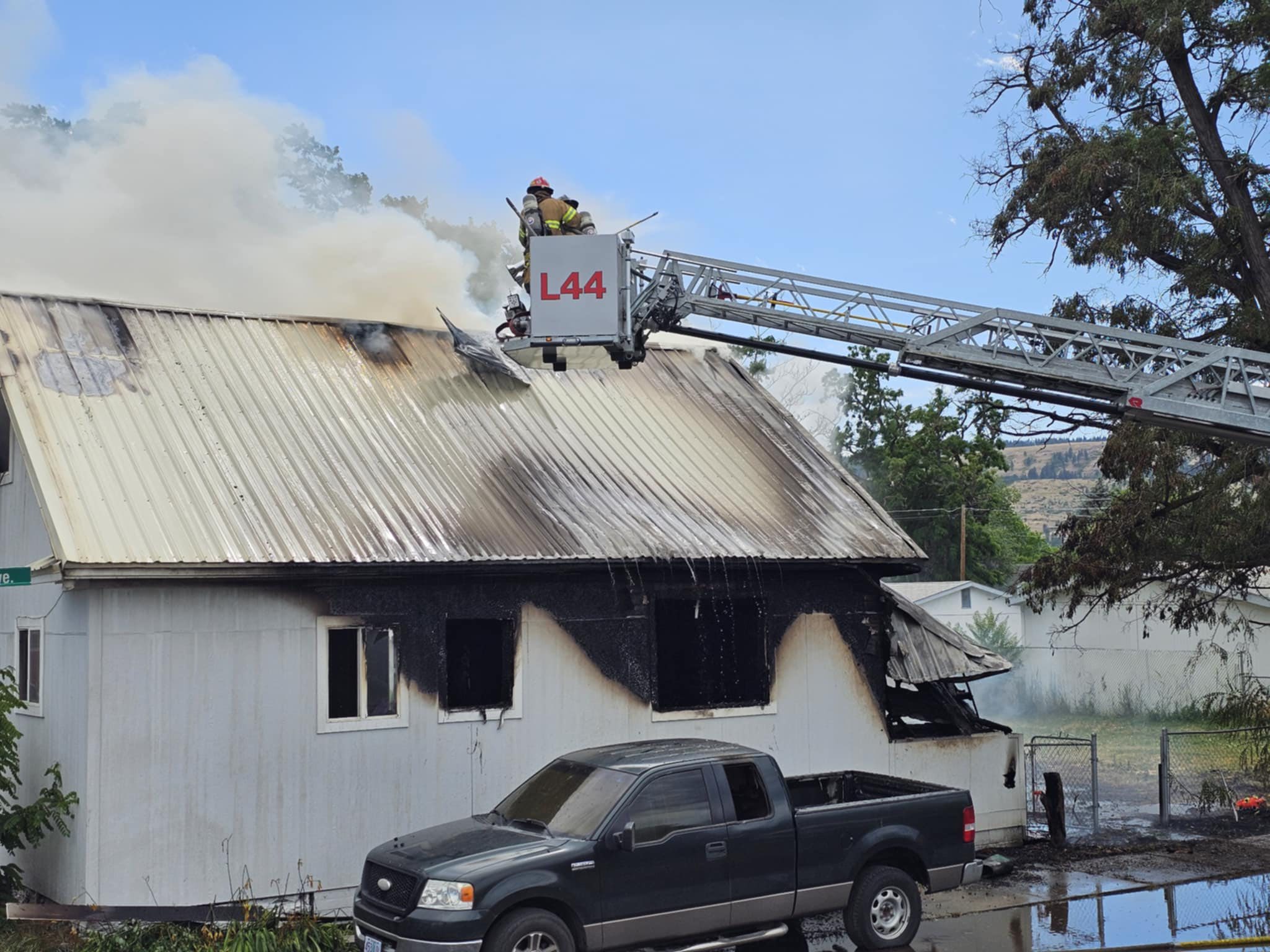Eye to the sky: A pleasant fall could be in store
Published 6:00 am Thursday, September 21, 2023

- Nierenberg
As the calendar turned to September, temperatures cooled down. Summer came to an end. Students returned to school. Football season began. Some people look forward to the cooler weather, while others will miss summer. The official start of fall is Sept. 22 at 11:50 p.m.
June, July and August were all above normal for temperatures across the region, even though there were no long heat waves like in 2021 and 2022. The longest stretch of 100-plus temperatures occurred in mid-August. At the same time, precipitation was below normal across the area. Rainfall can often be variable in the summer due to thunderstorms.
You may be wondering what Mother Nature has in store for us this fall?
The three-month forecast issued by the Climate Prediction Center, for September, October and November, calls for above normal temperatures and below normal precipitation. However, the monthly forecast, just for September, calls for equal chances for above normal temperatures or below normal temperatures and above normal precipitation.
So, if September ends up even average and wet, then October and November will have to be very warm and dry. A wetter September, coupled with cooler temperatures, will also help with wildfire control. Overall, based on this forecast, a pleasant fall could be in store.
Many people say that autumn is the nicest time of the year in the Northwest. Often, people will use the nicer weather to take part in outdoor activities that the hot summer weather prevented them from doing.
Another point to be made here is that when discussing seasonal forecasts, these are for a general area like the Pacific Northwest, and not for an individual location, like Pendleton, Hermiston or La Grande.
Autumn, unlike summer, tends to be more changeable with regard to weather. There can be periods of nice, pleasant weather followed by periods of cool and rainy weather. In the summer the atmosphere is more stagnant. High pressure usually sets up somewhere, and there are few if any fronts moving through the Pacific Northwest.
In the fall, more fronts and storms move through the region, which cause changes in the weather. How often these features move through and how strong they are will often determine the length of our nicer periods of weather versus our more stormy periods.
As we progress through the fall into winter, El Nino is expected to strengthen and become strong by winter. El Nino is a warming of the waters in the central and eastern Pacific Ocean, and these temperature differences have impacts on global weather patterns. The effects of El Nino are usually felt most during the winter months.
However, while El Nino is not the only factor that will determine what happens to the weather during the autumn and winter, it will certainly play a role. In a typical El Nino, the Pacific Northwest is warmer than normal in the winter.
Only time will tell if this will be a typical El Nino, or if other factors that influence weather patterns will help counteract the effects of El Nino. The last El Nino was 2018-2019, so this will be the first El Nino in five years, and no two El Nino events are ever exactly alike.









